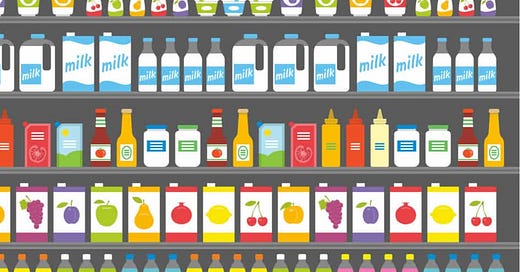Assortment planning is as much an art as a science. For science, you refer data analytics. For art, go to customers, and talk to them.
Before we begin, let us get away with the definition first. Assortment is the range of products in a particular category at any given point of time at a particular place. So lets say in x category, you have y products in z store at time t, that is your assortment.
The Myntra that I follow for assortment planning is:
Assortment == customer’s demand
And
Assortment planning = = Right range, right product, right place at the right time
Your assortment should be as close as possible to what customer’s want or would want. (Steve Jobs quotes : sometime people don’t know what they want or sometimes they don’t how to articulate their needs). In any case, as a category manager, your consumer research should indicate what assortment you would buy this year.
Assortment planning becomes more important if your sell through a physical store. You have limited space so you can’t waste it on the wrong product.
So how do you do assortment planning. basically, in this step, you need to define product breadth and depth.
Product breadth is all about the variety. It depends upon on your business model. For example, if you are a marketplace like Amazon, Flipkart, you need to have varieties to offer to your consumers, but if you have your own e-commerce website to sell your product online, your product varieties will not be so much because you are selling only your brand.
Let’s say, you are selling pickles, so type of pickles will be your product depth - mango pickle, Gooseberry pickle, lemon pickle so on and so forth.
Product depth is all about the quantity of each product SKU (store keeping unit). So let’s say you are selling pickle, and you keep 4 packets of 1 kg mango pickle. That’s your product depth.
So how do you decide product breadth and product depth? Decision-making could be based on data analytics, demand planning, available space (although you can ignore this part in e-commerce setting : Read, Digital shelf ), inventory turnover, and market trends.
Retailers use sophisticated software that helps to optimize the assortment. Assortment planning is a crucial step because if not done properly you will land up with unwanted inventory that will cost you on storage space and might create a cash-flow situation for you.
One of the most common problem that I have seen is ignoring location as a variable in assortment planning. Not all stores have similar kind of demand
For example, once I did the math for inventory transfer from one store to another store (located in another geography) to utilize the unwanted inventory, the cost of transfer was higher than the product (small ticket items like toys, souvenirs) itself. Does it make sense now? The problem boiled down to either do markdown or transfer to another store.
Moreover, the demand at location level is hard to predict as well as it’s an expensive. (More data you add, leads to more complexity, and that means computational cost).
All in all, it’s a quantitative problem that I am sure you would enjoy solving. Good luck!




